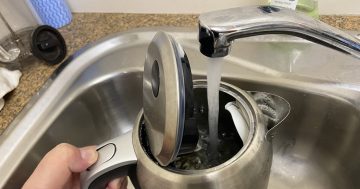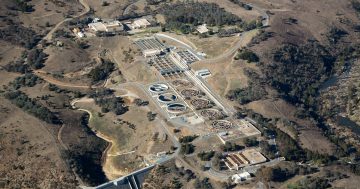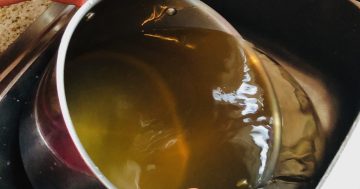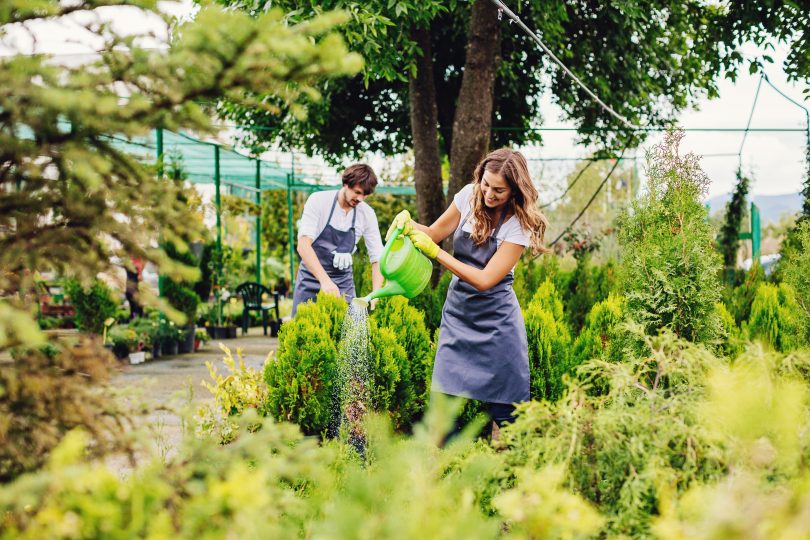
Each business’ water saving methods will differ depending on the business they are in. Photo: Supplied.
With record temperatures and reduced rainfall, Canberrans are being urged to think about their water use and pull together to care for water, as we’ve done so well before.
But as talk turns to shorter showers and using a broom on your driveway instead of the hose, it’s easy to think the heavy lifting of water conservation will be done only at home.
In fact, there are plenty of ways businesses can contribute to keeping water use at responsible levels. It depends a lot on what business you’re in; obviously, a hairdresser will use water in different ways to a café.
But there are some steps all businesses can do to help out:
1. Know the mandatory Permanent Water Conservation rules for businesses
The ACT and Queanbeyan have had Permanent Water Conservation Measures in place since 2010. These common-sense rules give us the flexibility to use water when we need to, but make sure water wastage (like using sprinklers in the middle of the day without an exemption, running a fountain that does not recirculate its water, or cleaning windows or paved areas with a non low-flow hose) is not permitted.
2. Conduct a water audit
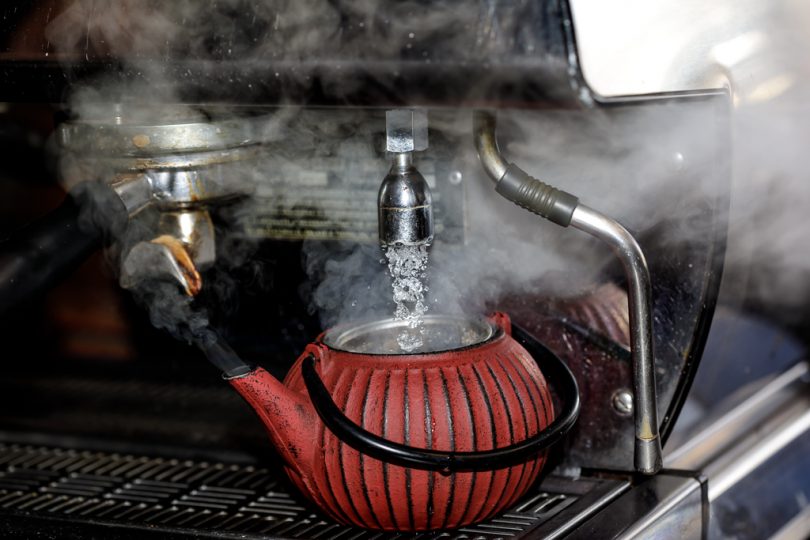
Write down all the places where water is used. Photo: Supplied.
This doesn’t have to be as complicated as it sounds. Write down all the places in your business where water is used. Don’t forget to include less obvious water use like evaporative cooling and outdoor taps if you have them. For each item, note whether it’s people who use the water (like washing hands), or equipment (like your coffee machine) or a bit of both, like a washing machine with adjustable settings.
3. Look for quick wins
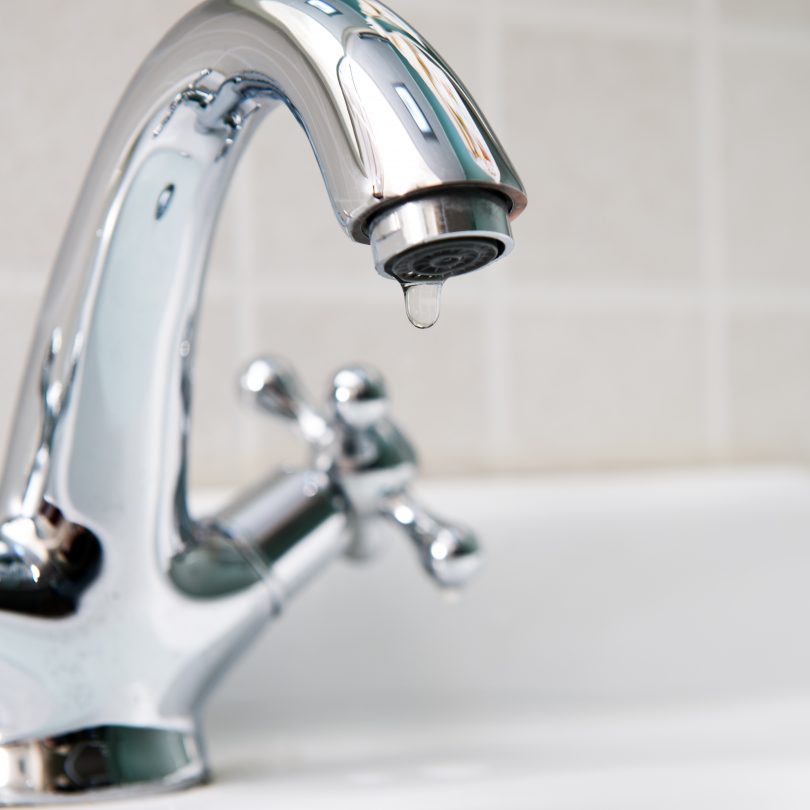
Check your taps aren’t dripping. Photo: Supplied.
Some changes are simpler than others, so start with the easy stuff. Do customers sometimes leave a tap dripping slightly in your toilet? They might just need a sign that prompts them to check they’ve turned it all the way off. Outdoor hose leaking or not turning off straight away? Check the seals and washers – they’re cheap and quick to replace, or your trigger nozzle might just have some dirt inside that’s stopping it from turning off.
For bigger equipment, the Smart Approved WaterMark website can help with independently certified water-efficient product recommendations for everything from thermal pool blankets to irrigation system controllers and alternatives to thirsty steam cleaning equipment.
4. Make a plan for longer-term upgrades
If the aprons and tea towels get washed in a machine with a low WELS rating, but a more efficient machine isn’t in the budget right now, you can still make sure that when you need to replace that machine, you do it with a more efficient model. Have a look at options now so you can build it into a future budget and remember that the cost of buying equipment is offset by a lower water cost when you’re using less!
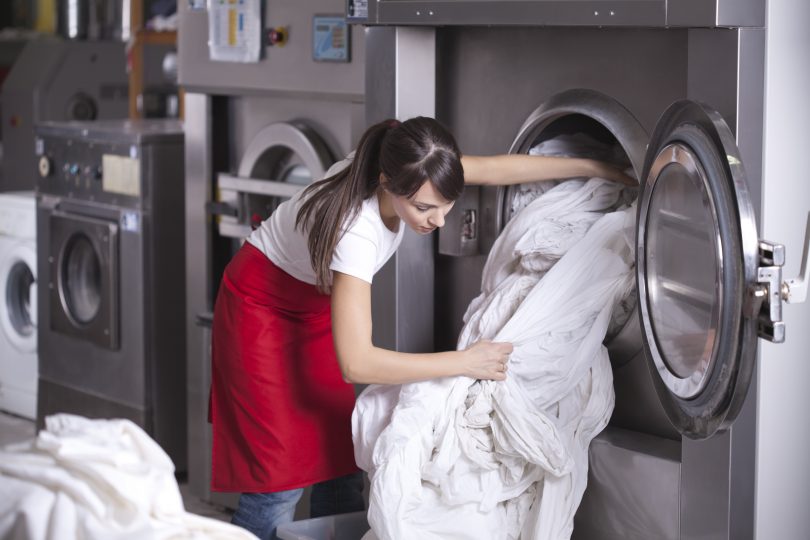
Build water-saving appliances into your future budget, it will save you money in the long term. Photo: Supplied.
5. Check your plants
From a simple garden entrance-way or some indoor pot plants in reception, all the way to running a nursery or a golf course, having the right plants in the right places makes a big difference to your water use. Use the ACT Plant Selector tool to help you choose water-efficient plants that do well in the ACT region. Plants include Australian native and exotic species, from grasses to trees.
6. Remember you’re not alone!
Many places around Australia and the world are facing dry conditions – and there are lots of examples of innovative ways of reducing water within a business. Check out Icon Water’s tips specifically for businesses in hospitality, nurseries, building, commercial laundries, viticulture and horticulture, or read about how one hotel cut their water consumption in half over four years.













